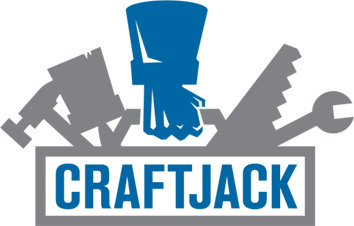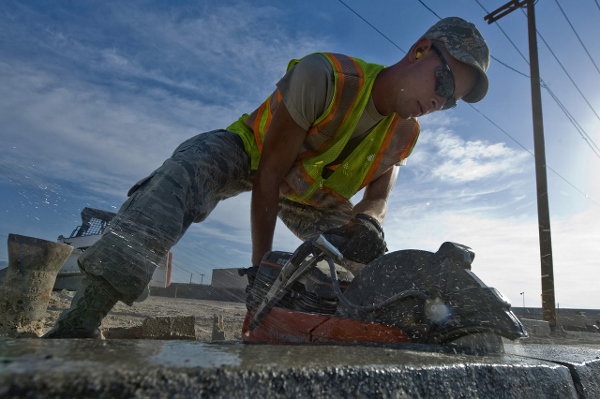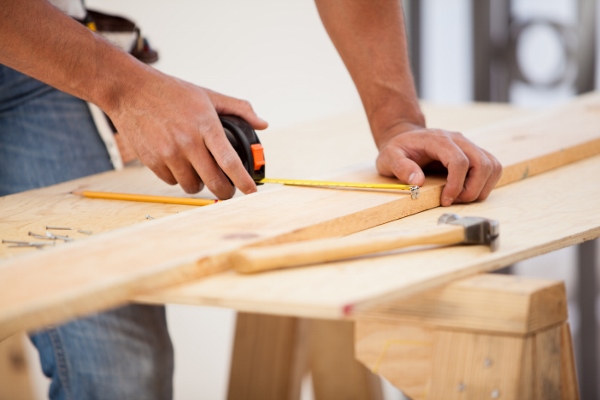How To Reduce Theft On A Job Site
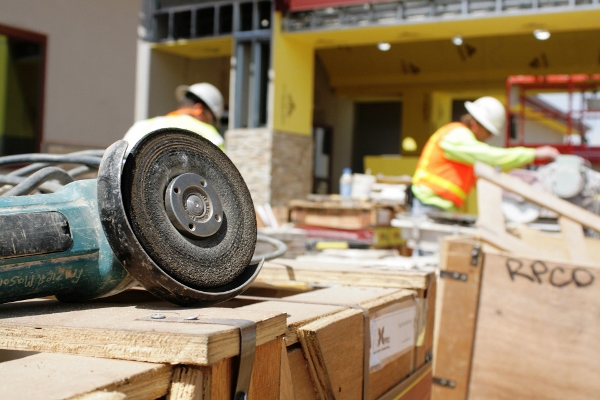
At the end of a long day on the job, you put your tools away and head home. Maybe you don’t give it a second thought, but what if the tools you need were not there when you arrived in the morning? You invest a lot of money in your equipment and tools and it’s important to keep them safe. For the independent contractor, a stolen tool is an expensive problem to have.
According to the National Equipment Register, tool theft on the job site costs the construction industry up to $1 Billion every year. Contractors rely on their tools and equipment as their key to success, so having anything stolen can potentially hurt your progress. Though tool theft can’t always be stopped, it can be prevented. With a few precautions, you can protect your items and reduce theft on the job site.
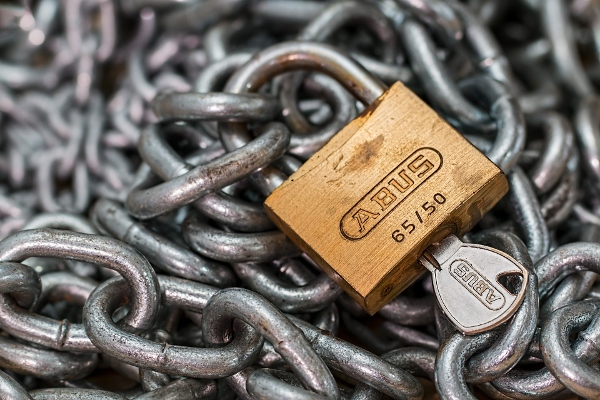
Inventory
One of the first steps to securing your items is to know what you have. Create an inventory system and list all the tools you have, specifically for items that are valued over $50. Catalog all serial numbers and photos whenever possible. This will take time, but once set up, it requires only a little bit of maintenance to keep up-to-date and will surely be worth it if you ever discover something missing.
Also, register any qualifying equipment with the National Equipment Database to help if anything were to happen.
Identify
A great way to ensure your tools stay yours is to engrave your name, or company name on your tools and equipment. This can easily be done with the help of a dremel tool. For Items that can’t be engraved, try putting another mark on there so you know the tool belongs to you. You might be thinking that a thief will take the tool regardless, however, if a tool is stolen, you’ll be able to easily identify it from others if found.
Another way to deter thieves is to add a distinguishing mark that will make the product look used. One way to do that is with a specific paint color you can add to items that matches your company colors. This will not hurt the function of the product, but thieves are less likely to steal something that’s used.
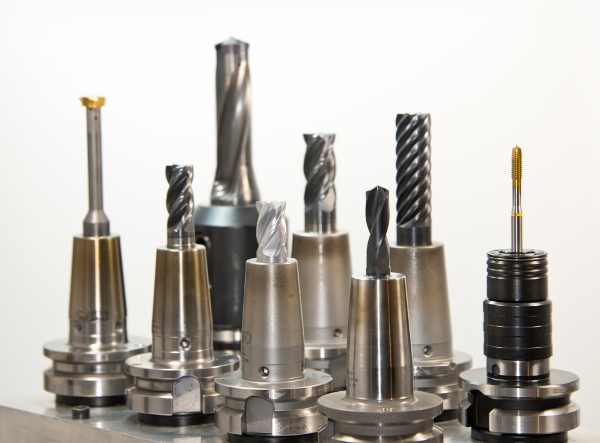
Transport Vs. Store
At the end of the day, take into account what can come with you from the job site and what must stay during your clean-up process. Whenever possible, take items offsite overnight. Always keep tools locked up securely in a job box, especially if it’s staying on the job site. For any heavier equipment, use chains and locks to chain the items together, if possible
For larger items or items with high value, consider investing in a mini GPS tracker to assist in locating your items if they’re ever stolen when you’re off the job site.
Employees & Tools
While you try to hire trustworthy employees, things do happen. It’s important to review rules and guidelines for tool security. Make sure everyone is trained on security procedures for locking and securing items. One great idea is to create a tool log for certain items, where employees have to check-out and check-in tools when they’re done. This helps you stay aware of who is using what tools and hold the employee accountable, if a theft were to take place.

What to Do If There’s A Theft Incident
As much as you can practice proper security methods for your property, you can’t ever completely deter a thief. Tools and equipment may get stolen from you. If it does, you should remain calm with a list of to-dos to try and retrieve what you lost.
Report to the Police
The first step in any theft is to report it to the police, even the smaller items. Give them as much information as possible about the items that have been stolen. If you were able to perform the above prevention task and create an inventory of your tools, this should be easy. This will not only help them identify your stolen property, but also provide you with an official report you can use for your insurance claim.
Call Your Insurance
Certain insurance plans cover contractor tools. Review your coverage and check with your agent to see what is covered. If your business plan does not cover tools, some homeowner’s insurance plans do. You’ll need to provide information from your inventory, as well as a police report.
Monitor Online Websites & Check Pawn Shops
There is a chance your stolen tools can show up on the web. Monitor websites, such as Craigslist, to see if any of your tools show up. If you were able to put any markings on there, like engraving your company name or bright paint to identify your tools, it will make your property easier to spot. Contact the authorities if your tools show up for sale on a website.
Pawn shops are another way robbers sell stolen goods. Check local pawn shops in the area for any of your tools with the identifying marks. If you do find your items, don’t buy back your items. Instead, contact the police immediately and let them handle the situation.
Don’t Buy Stolen Goods
In today’s world, there are more resources than ever to buy and sell goods. One of the biggest reasons for the problem of stolen goods is the market demand. Be a part of the solution by committing not to buy stolen tools or goods. If you see a price on a resale tool or equipment that is far below what it should be, then it’s likely too good to be true. When buying items secondhand online, ask plenty of questions to the seller to ensure it’s their item they’re selling and not a stolen tool.
Conclusion
Tool theft can be a problem any contractor, regardless of trade, can face. However, with proper preparation and precautions, you can reduce the risk for you and your company, continuing to work with the equipment that helps you get the job done.
